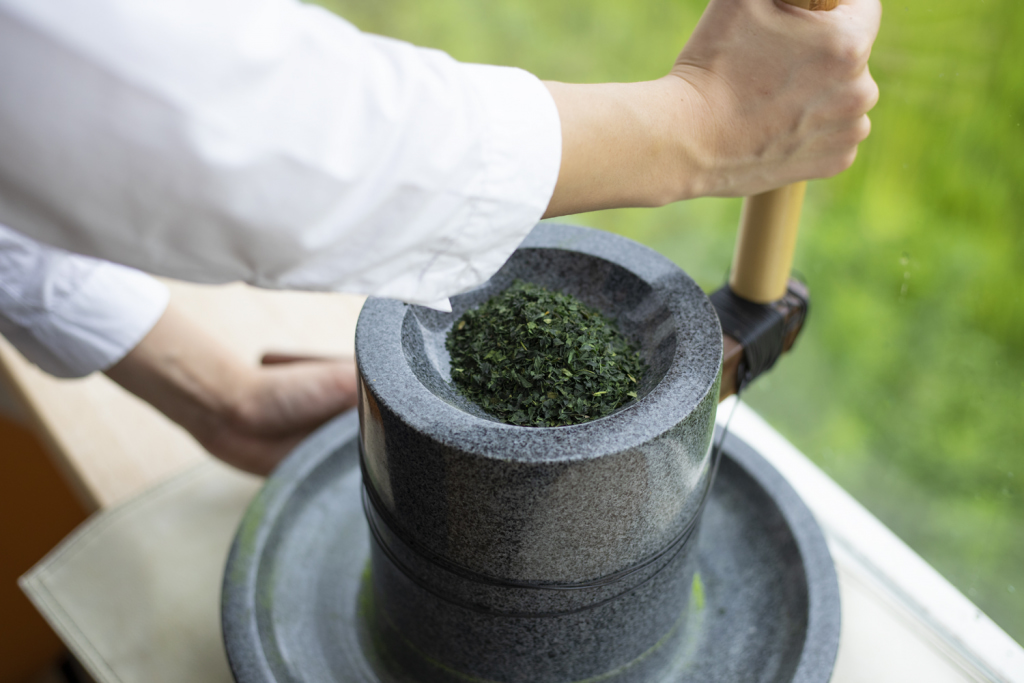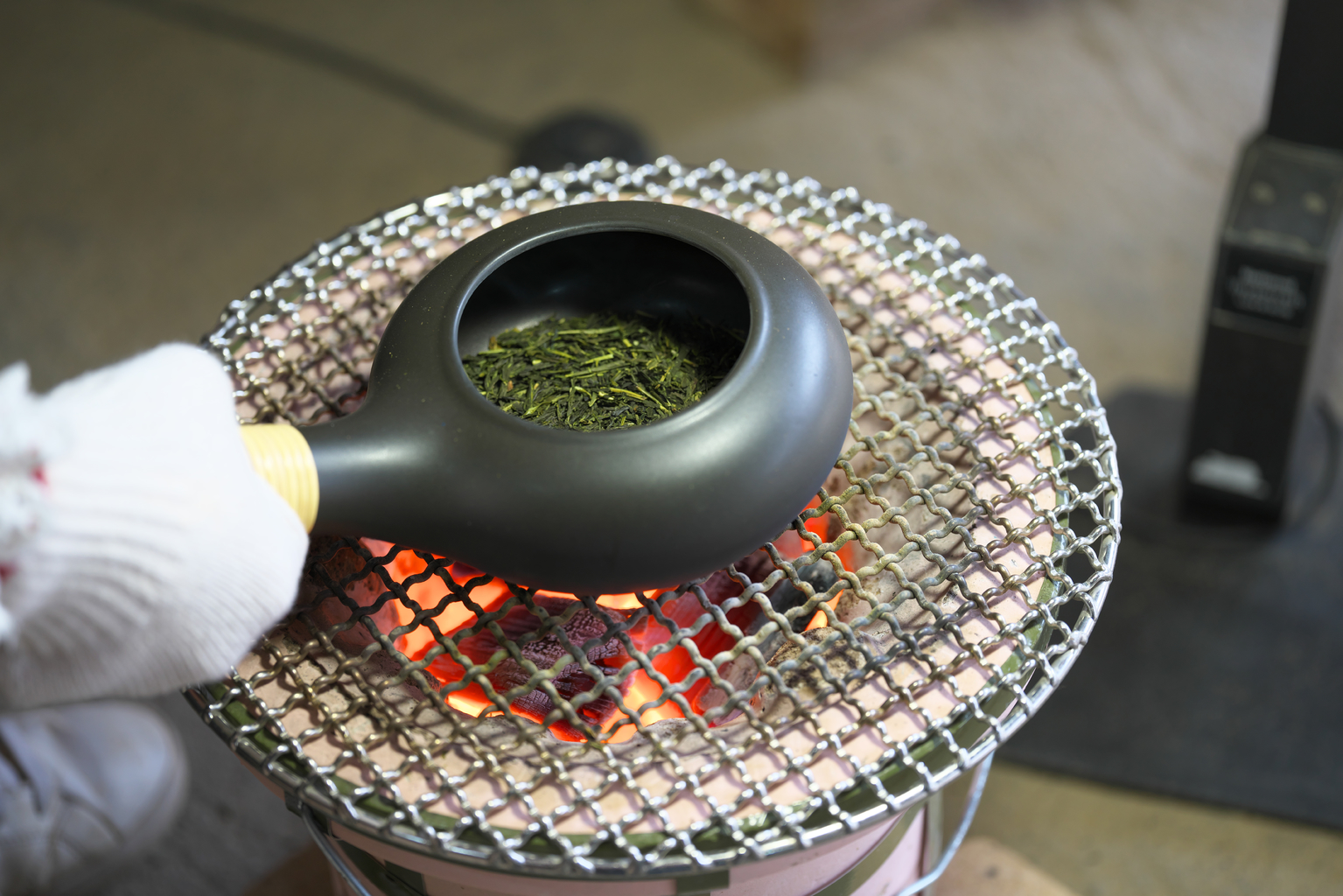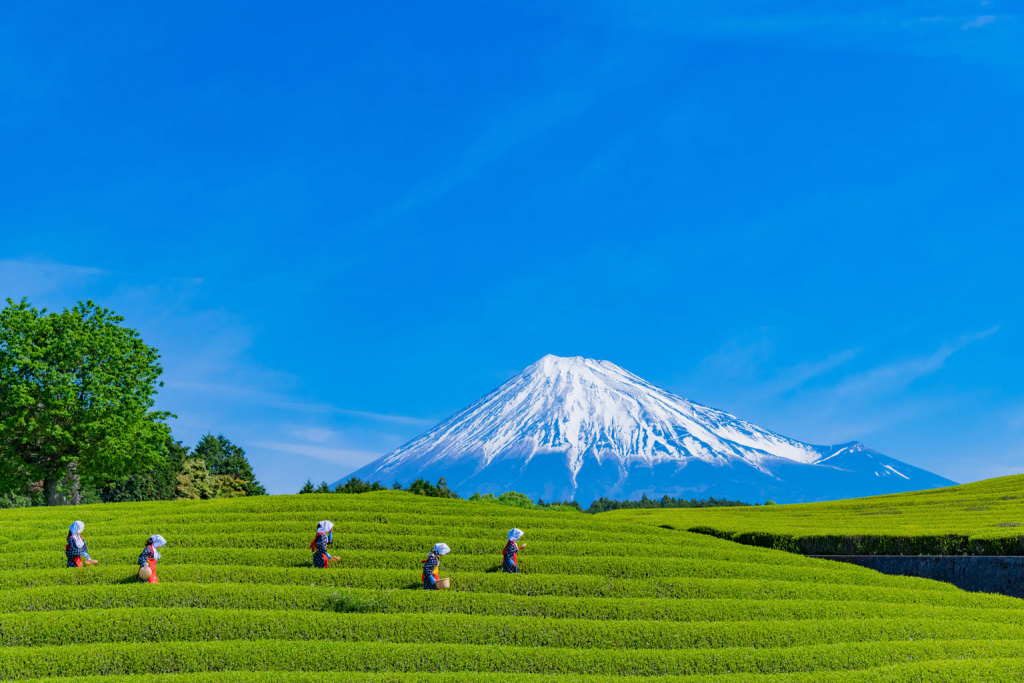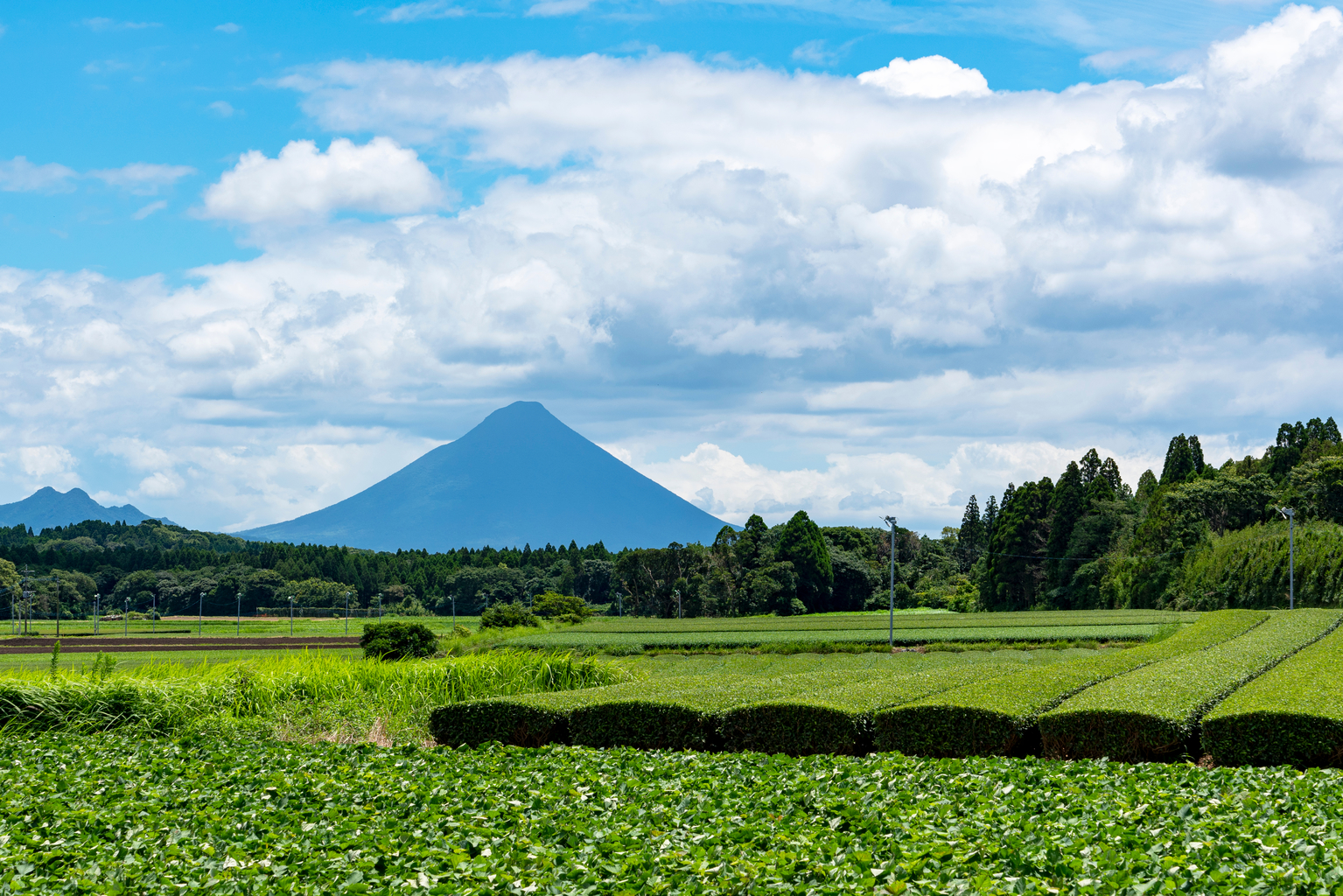Green tea is everywhere in Japan, from the tea ceremonies of Kyoto to the bottled green tea found in every vending machine and convenience store around Japan. Most of this green tea is actually grown, harvested and processed right here in Japan and when we talk about growing green tea there are three regions you should get to know.

Shizuoka
When it comes to growing green tea, Shizuoka is the first place that should come to mind. Shizuoka is the largest grower of green tea in Japan, producing up to 40% of the nation’s consumed green tea. It’s said that green tea plantations in Shizuoka date back to 1241. The story goes that a monk named Shoichi Kokushi planted the first green tea seeds in Shizuoka that he obtained on his trip to China. The region is in a tea-growing sweet spot with Mount Fuji providing nutrient-rich soil and a natural slope that acts like an irrigation system keeping the roots of the tea bushes from becoming too moist, which can hamper growth.
It’s no surprise that the biggest green tea producing prefecture has massive areas dedicated to growing green tea. Looping and cascading down hills and mountains, the green tea fields in Shizuoka are breathtakingly beautiful, and open to visitors. Green tea picking and tasting experiences are offered by Shizuoka green tea farmers, so for those wanting to make their next trip to Japan extra special why not take the time to visit Japan’s greenest fields?
Uji, Kyoto
Beyond temples and geisha, Kyoto is famous for a particular type of green tea – matcha. Matcha is made by grinding tea leaves into a powder with a special type of stone grinder. The process is rather difficult as the dried tea leaves must be ground at a certain speed in order not to create any heat which could damage the leaves. Today this process is still done by hand in some locations but many large processing factories now have machines to do the job for them.
Kyoto’s green tea is produced in the small town of Uji, where the matcha receives its name. The city is located south of Kyoto and is famous among Japanese travelers. While Kyoto doesn’t produce green tea at the same rate as Shizuoka, around 3% of Japan’s total green tea consumption, the green tea created in Kyoto is of a much higher quality with Uji matcha renowned the world over for its undeniable quality and taste.

While matcha is famous throughout the world as being a quintessential Japanese beverage there is another delicious tea produced in Kyoto. Unknown to the casual tea drinker, the roasted almost caramel-like flavors of hojicha are loved by tea drinkers far and wide. Hojicha is simply roasted green tea. The leaves are placed out into the sun, or nowadays into a roastery, and roasted until golden brown. Unlike green tea which contains almost as much caffeine as coffee, hojicha contains less caffeine and is the perfect drink for anyone looking for less kick. Next time you find yourself in Kyoto perhaps take a local train south and try a cup of the most matcha in the world.
Kagoshima, Kyushu
Located in Kyushu, Kagoshima is the second largest tea growing region in Japan, after Shizuoka. For the longest time, Kagoshima was known as the mass producer of cheaper green teas for bulk buyers but in recent years the region has aimed for increasingly higher qualities of green tea while keeping the price relatively low. Most of the tea produced in Kagoshima is known as blended tea so everything from sencha, shibushi, hojicha and even matcha will come out of Kagoshima’s tea bushes.
Although Shizuoka is still the largest tea growing region in Japan, when it comes to growing tea, climate is king, and the mild and warm climate of Kagoshima gives it a slight advantage over Shizuoka allowing the first harvest of the year, sencha, to be harvested the earliest in Japan.
Updated On January 3, 2024










